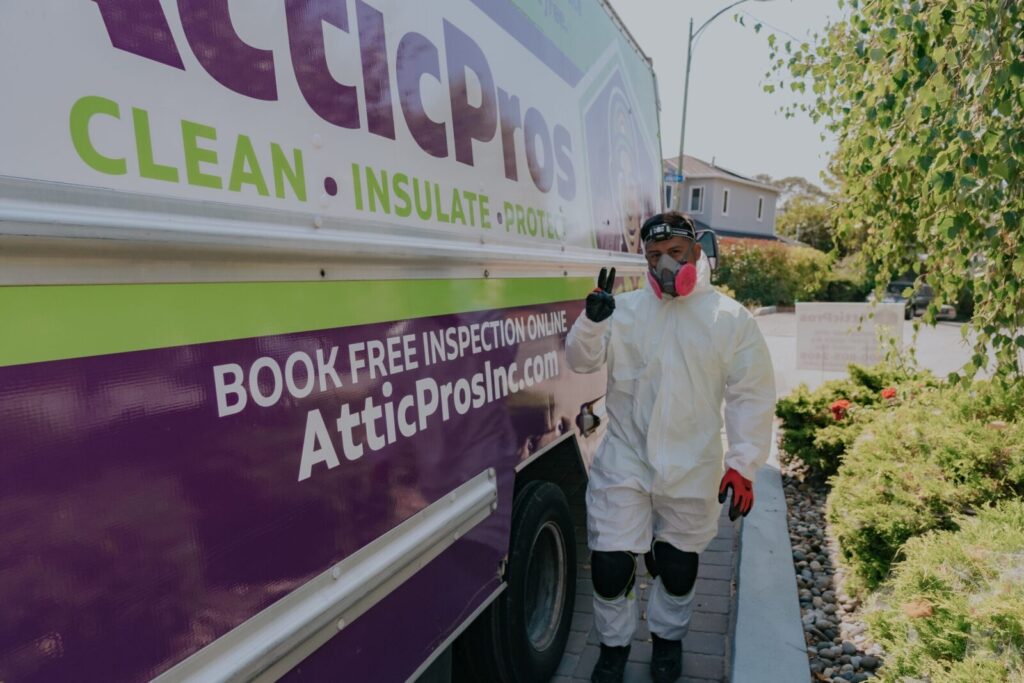How Moisture in Your Crawl Space Attracts Rodents
Your crawl space is often an overlooked area that plays a crucial role in your home’s overall condition. When moisture builds up in this space, it creates the perfect environment for rodents to enter, build nests, and cause damage. If you want to prevent these unwanted guests, controlling crawl space moisture is a must.
Why Moisture is a Rodent Magnet
Excess humidity in your crawl space doesn’t just threaten the structural integrity of your home—it also attracts rodents. Rats and mice are especially drawn to damp environments where they can find food, water, and shelter. Rodents are clever and can squeeze through tiny gaps to enter your home through unsealed vents, cracks, or crawl space doors.
High humidity levels cause condensation on cold surfaces in your crawl space, which increases moisture in the air and makes it easier for pests to thrive. Additionally, water vapor can seep through your foundation and walls, creating conditions perfect for mold and mildew growth. This leads to an increase in signs of rodents, such as rodent droppings, nests, or gnaw marks.
Common Crawl Space Problems Related to Moisture
- Standing Water & Poor Drainage: Water accumulation in crawl spaces creates ideal conditions for pests, especially when there is a sump pump failure or no drainage system in place.
- High Humidity: Without proper airflow or ventilation, humidity levels rise, attracting both rodents and insects. This moisture can also promote mold and mildew growth.
- Mold, Mildew, and Wood Rot: Excess moisture leads to mold growth and wood rot, which can further damage your home’s structure.
These problems are often the root cause of rodent infestations. Moisture buildup creates a breeding ground for pests, and the unprotected crawl space becomes an easy entry point into your home.
Preventing Rodents by Controlling Crawl Space Moisture
Here are a few tips to help you keep moisture—and rodents—under control:
- Seal All Entry Points
- Tighten seals around doors, vents, and utility lines. Use steel wool or wire mesh to block small cracks, and install door sweeps to prevent rodents from gaining access.
- Install a Vapor Barrier
- A vapor barrier is one of the most effective ways to manage moisture in your crawl space. This plastic barrier prevents water from seeping into the space and helps keep humidity levels in check, reducing the risk of rodent activity.
- Improve Ventilation
- Proper airflow helps reduce moisture buildup. Install exhaust fans or dehumidifiers in the crawl space to promote air circulation and control humidity levels. An air conditioner can also help regulate moisture during warmer months.
- Maintain a Drainage System
- Ensure that your home’s foundation is properly drained. Use sump pumps, French drains, or downspout extensions to divert water away from the crawl space. Fix clogged gutters and check for leaks in plumbing systems. By controlling water vapor, you’ll prevent the conditions that attract pests like rats and mice.
- Regular Inspections
- Regular crawl space inspections are essential for detecting moisture issues early. Look for signs of rodents such as rodent droppings, gnaw marks, or nests in the area. Also, inspect for mold and mildew growth, as they are common indicators of moisture issues.
Signs of Moisture in Your Crawl Space
Some common signs that moisture is present in your crawl space include:
- Musty smells that enter your home through air vents
- Visible mold or mildew on surfaces
- Wet insulation or damp areas on the floor
- Condensation or puddles of water in the crawl space
- Cold surfaces that cause moisture buildup
If you notice any of these signs, it’s important to schedule a free inspection to identify the root cause and take action to prevent further damage.
Final Thoughts
Moisture in your crawl space can lead to serious issues, including rodent infestations, mold growth, and wood rot. By controlling humidity, sealing entry points, and ensuring proper drainage, you can protect your home from pests and avoid costly repairs.
If pests have already entered or excessive moisture continues to build up, it’s time to consult a professional. A pest control expert or crawl space contractor can:
- Provide thorough crawl space inspection
- Design moisture control systems like sump pumps or vapor barriers
- Identify and seal all pest entry points for long-term protection
Early intervention is the key to maintaining a dry, pest-free crawl space that keeps your home safe and comfortable. Act early, inspect regularly, and make your crawl space a line of defense—not a weak point.

